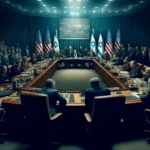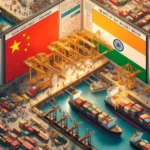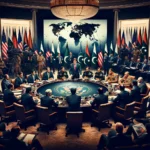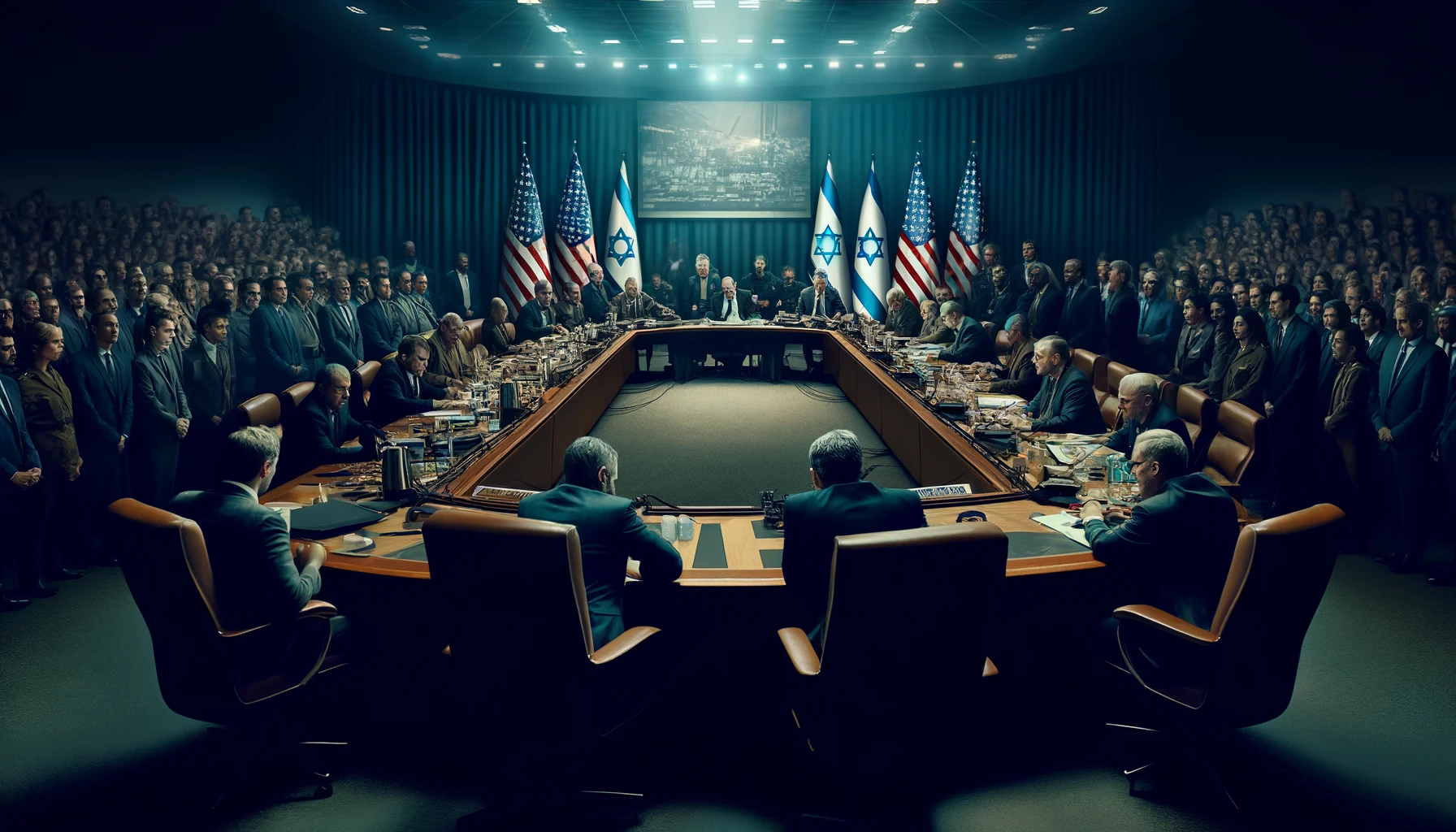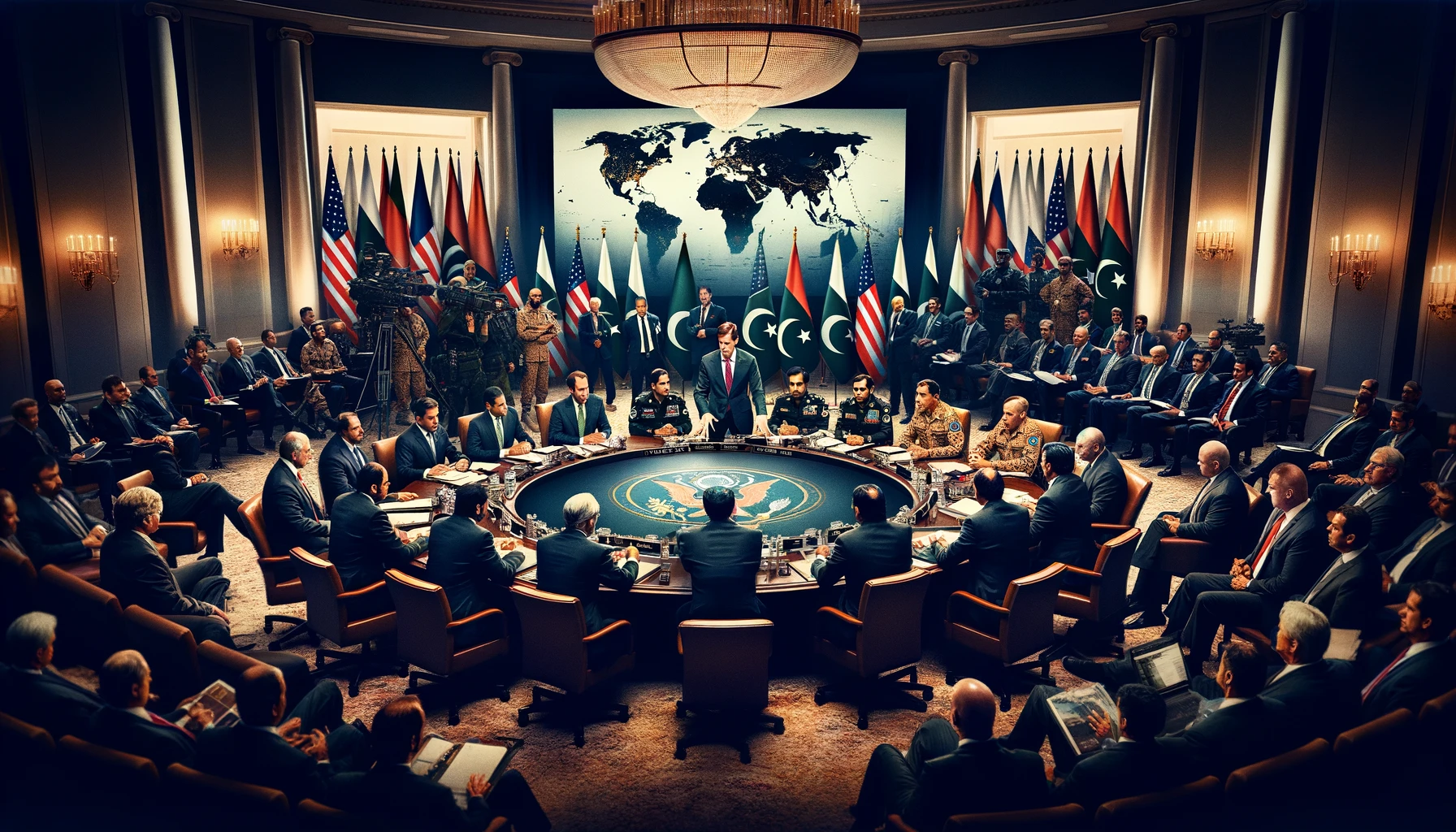[web_stories title=”true” excerpt=”false” author=”false” date=”true” archive_link=”true” archive_link_label=”” circle_size=”150″ sharp_corners=”true” image_alignment=”left” number_of_columns=”1″ number_of_stories=”5″ order=”DESC” orderby=”post_title” view=”carousel” /]Iran’s role in the Middle East is a topic of intense debate. While some view it as a regional power seeking stability, others see it as a significant threat to world peace. This article explores the key concerns surrounding Iran and the potential for escalation.
Nuclear Program:
A major source of tension is Iran’s nuclear program. The 2015 Iran nuclear deal (JCPOA) aimed to limit its enrichment of uranium in exchange for sanctions relief. However, the US withdrawal from the deal in 2018 under the Trump administration heightened tensions. Iran has since resumed uranium enrichment beyond the JCPOA limits, raising fears it could pursue nuclear weapons. Iran maintains its program is solely for peaceful purposes, but concerns persist regarding its potential military application.
Ballistic Missile Development:
Iran’s development of ballistic missiles is another point of contention. These missiles, while not inherently nuclear-capable, could be used to deliver a nuclear warhead in the future. Additionally, their range and accuracy pose a threat to regional stability, particularly for Israel and US allies in the Middle East.
Support for Proxy Groups:
Iran is a major supporter of various proxy groups in the region, including Hezbollah in Lebanon and Houthi rebels in Yemen. These groups engage in armed conflicts against Israel and US-backed forces, contributing to regional instability. Critics argue this support fuels sectarian violence and undermines peaceful solutions.
Threats to Maritime Navigation:
The Strait of Hormuz, a vital shipping lane for global oil supplies, is located within Iranian territorial waters. Iran has, on occasion, seized foreign vessels and threatened to block the strait, raising concerns about disruptions to global energy markets and potential military confrontations.
However, the narrative is not one-sided. Here are some arguments for a more nuanced view:
Iranian Security Concerns: Iran perceives itself surrounded by adversaries, including the US and Israel. It views its nuclear and missile programs as deterrents against potential aggression.
Double Standards: Iran argues that Israel’s possession of nuclear weapons is not addressed, creating a perception of unfair treatment.
Economic Sanctions: The crippling economic sanctions imposed on Iran are seen as counterproductive, pushing Iran towards more assertive actions.
The Path Forward:
Finding a path to de-escalation requires a multi-pronged approach:
Diplomacy: Revivifying the JCPOA with stricter verification measures could be a starting point.
Addressing Regional Concerns: Addressing the root causes of regional tensions, such as the Israeli-Palestinian conflict, could ease pressure on Iran.
Mutual Trust Building: Confidence-building measures and open communication channels are crucial to avoid miscalculations and unintended escalation.
Conclusion:
Whether Iran poses a real threat to world peace depends on the actions of all involved parties. Through diplomacy, addressing underlying issues, and mutual trust-building, tensions can be reduced and a more stable future for the region can be achieved.
It’s important to note that the situation is complex and there are ongoing debates about the best course of action. This article provides a starting point for understanding the concerns surrounding Iran’s role on the world stage.

